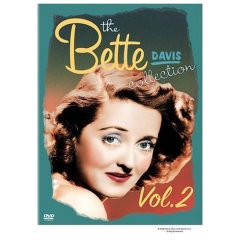
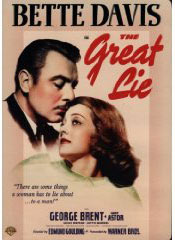

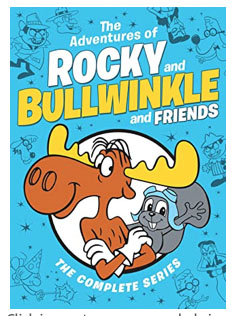
 |
|
 |
 |
 |
||
|
Rhinoplasty and rhinoplasty cost information on nose jobs. When Bette Davis courageously ended her relationship with Warner Bros and struck out on her own in 1950, one of her first film vehicles was All about Eve, a smashing success on all levels. In the movie, Davis played Margo Channing, a glamorous, aging Broadway star who discovers her ambitious young protege Eve (Anne Baxter) is stealing all her best roles - on stage and off. Bette's character in All about Eve hit close to home in many ways. Davis was quoted as saying, "Margo Channing was not a bitch. She was an actress who was getting older and was not too happy about it. And why should she? Anyone who says that life begins at forty is full of it. As people get older their bodies begin to decay. They get sick. They forget things. What's good about that?"
With four years of money-losing duds behind her, All about Eve was the hit Davis needed. Years of battling the studio for better scripts and more reasonable working conditions left her with a grand movie-star lifestyle and a reputation for being difficult to work with. Unfortunately, the features that followed Eve were withering flops. STORY CONTINUES - AFTER THIS AD FOR VIDEO DOWNLOADS:
In 1952, with no movie offers forthcoming, Bette appeared on television for the first time as a special guest on a live Jimmy Durante variety program that had her doing sketch comedy and delivering a Pet Milk commercial. The new medium was desperate for major names like Davis, but it was an inauspicious debut leaving critics largely unimpressed. "I was scared to death," the film star declared. "That I got through it at all was a source of great wonderment to me!" Bette turned to the musical theater next. In what should have been a great triumph, Two's Company turned into a high-profile Broadway disaster as she thrashed around onstage, venting her frustrations by maliciously fighting with producers, cast, and crew-when she wasn't refusing to show up at all.
She was seen in 1957 on the Edward R. Murrow show Person to Person. "I'm terrified," she told the press before the live interview program, echoing her earlier TV-induced anxiety. "It's much harder to be yourself than play a part." To ease some of that uncertainty, Miss Davis gave a dramatic reading of Robert Frost's poem "Fire and Ice." Roles on GE Theatre (hosted by Ronald Reagan) and Schlitz Playhouse of Stars followed in March of 1957, but she abruptly bowed out of a live Playhouse 90 telecast just a few weeks later because of exhaustion and was replaced by Anne Baxter, of all people. After portraying Dolly Madison on Ford Theater (broadcast April 24, 1957), Bette brought to life a teacher trapped in a blizzard who must guide her students to safety in "Stranded," on the anthology program Telephone Time. Proving she could play lighter material, Bette was a guest on the musical-comedy Dinah Shore Chevy Show soon after. Another dramatic part on GE Theater came in early 1958, a teleplay called "The Cold Touch" that featured plenty of foreign intrigue and a pistol-packing Bette. Alfred Hitchcock Presents and Suspicion followed that same year. The Suspicion tale, entitled "A Fraction of a Second," was an unintentionally hysterical tour-de-force that displayed a pop-eyed Bette being hauled off to a sanitarium, then ignominiously flattened by a load of lumber. Reviews for the production were crushing as well: "They call this a suspense series," Daily Variety scratched, "but the only note of suspense arising here is why they ever made the picture." Fortunately, Davis was cast in more effective half-hour dramas like "A Little Talk," concerning an aspiring writer who exacts her twisted revenge after being humiliated at a writer's conference.
Television was gruelling work compared to the leisurely pace of major motion pictures, so Paula was structured in a way that Davis and Merrill could switch off playing the lead on different weeks. The initial outing focused on Bette's efforts to get a troubled actor (Michael York) back on the stage after opening to devastating reviews. Using Times Square as a backdrop, this engaging half-hour was a pleasant pastiche of great-white-way cliches leading to All about Eve-style confrontations as Paula gets over on everybody with that patented Bette Davis haughty-staccato-manner. One thing all her pilots would have in common was an open-ended premise that allowed guest-performers to push the stories along, like an anthology program with Bette cast as the mother hen, always hovering somewhere nearby, ready to jump in with the best lines. Paula was an ill-fated venture all around. The couple was almost killed in a fire at LA's Chateau Marmont Hotel the night before filming, and the stress shows in their faces. Bette and her husband, known for their violent, drunken rows, split soon after. The June Allyson Show followed in 1959, with Bette playing an educator that befriends an eleven-year-old girl accused of murder. Later that season, she threw her energy behind another pilot, this time for a western series to be called Madame's Palace. Broadcast as an episode of Wagon Train, Bette starred as Madame Elizabeth McQueeny, a flamboyant western hotelier. Again the show's concept would allow for the guests to take center stage while Bette cavorted around and collected a check. The networks passed. Undaunted, Bette chatted on The Jack Paar Show in 1960 and filmed two subsequent appearances on Wagon Train (which starred her old friend Robert Horton) in 1960 and 1961. This was a particularly turbulent period for the actress as she prepared for the Broadway premiere of Tennessee Williams' Night of the Iguana. "I'm returning to the stage, to refine my craft. That's what Hollywood actors always say. But that's a bunch of BS. No one leaves movies for the stage unless they can't get work; and I'm no exception." In spite of this deferential confidence, she abruptly left the production just a few weeks into the run after viciously terrorizing the cast, director, and author non-stop for months. Bette's simple philosophy summed it up: "Until you're known in my profession as a monster, you're not a star." In 1962, desperate for any opportunity to re-ignite before the public, Bette did the unthinkable, agreeing to co-star in a film with her bitter enemy Joan Crawford. Davis once said of Crawford, "I wouldn't piss on her if she was on fire." (Now you know where that came from!) Whatever Happened to Baby Jane raked in millions at the box office. Thanks to a brilliant performance, an Oscar nomination, and a healthy percentage of the box office, Bette Davis was sure the film would put her back on firm footing.
Of course,
there had to be some scripted back-and-forth between host and guest and
Davis handled the nonsensical patter with a fair ease: BETTE: "Andy. You know something? You've got a head like Santa's bag. Filled with goodies!"
BETTE: "Andy? Have you really seen the picture?" ANDY: "No, but I'm going to say I did . . . No, I have and it's just wonderful." BETTE: "Well, I brought you a Christmas present. Yes, I did. A Baby Jane doll. For you! Yes, I did." From You Tube - Bette Davis on The Andy Williams Show: Bette presented her host with a grotesque life-size prop from the movie, then launched into a thoroughly wretched rock-and-roll novelty song called, inappropriately enough, "Whatever Happened to Baby Jane." From You Tube - Bette Davis sings:
1962 brought a return visit to The Jack Paar Show and a role on The Virginian playing a blackmailing bank teller. When surgery forced Raymond Burr to miss filming three episodes of his top-rated Perry Mason series in 1963, Bette eagerly stepped in to solve "The Case of Constant Doyle" as the star of one of those fill-ins. Once again choice movie roles passed her by and Bette's early-'60s screen comeback proved short-lived. Bitter and frustrated, the actress left Hollywood to live in Connecticut and tried again in earnest to launch a TV series. She needed steady work to support her family now that she was single once more. Many ideas were pitched back and forth; The Decorator, about an interior designer who lives briefly with her clients, actually made it to film. The pilot was produced in 1964 by a young Aaron Spelling, but there were no takers. By 1965, the once-proud actress was reduced to doing a low-budget Hammer horror film, The Nanny. To promote the film, she appeared on What's My Line in October 1965, but with that highly distinctive voice she was easily recognized by the blindfolded panelists. Maybe she wanted to be recognized? Bette found herself on the variety show circuit, singing and doing a comedy sketch with Bert Lahr as host of The Hollywood Palace in 1965 and serving as co-host for a week on The Mike Douglas Show in 1966, where her birthday was celebrated in front of a studio audience. That same year Bette appeared in a memorable episode of Gunsmoke as a vengeful matriarch who captures Matt Dillon to hang him in retaliation for her outlaw husband's death.
After fifteen
years of experience on every conceivable television program, she was more
at ease than ever riffing on her aloof image:
TOM: "What do you mean by that?" BETTE: "It's a dumb show." Her film output during this period consisted solely of schlockmeister Hammer's The Anniversary, where she appeared in a most unflattering eyepatch wielding an axe. With one awful exception (Bunny O'Hare in 1971), she didn't make another major motion picture in the U.S. for the next eight years. Turning to commercial endorsements for money, Bette hawked Awake powdered orange juice on TV in 1969 and posed, drink in hand, for Jim Beam print ads in 1972 beside pal Robert Wagner. Bette made her third appearance on The Dick Cavett Show in 1971 and filmed another pilot (from the producers of The Rockford Files) called The Judge and Jake Wyler, about a crusading retired jurist (Davis) and her ex-con partner. The hour-long drama wasn't picked up, so the studio padded it with new scenes and released it as a TV movie in 1972. "By the time Universal added enough scenes to make it run for two hours," Miss Davis explained, "there was no similarity to the pilot film we shot. You can't win!"
While filming that movie, Bette appeared on This is Your Life with pals Robert Wagner, Paul Henried and her favorite director William Wyler. From You Tube - Bette Davis in a 1970s interview: Another dark teleplay followed in 1973, Scream, Peggy, Scream, putting Davis in danger of becoming eternally typecast in the cheesy horror genre. While some of her TV films contain excellent performances (or several fine scenes, anyway), she was tired and only worked because she had to. In private, she lamented that making movies was no longer fun. A sitcom pilot, Hello, Mother, Goodbye, was produced at MGM in 1973 (airing in 1974) but again the networks passed. In the fall of 1973, Bette turned up on The Dean Martin Show, being "roasted" by stars like Henry Fonda, Howard Cosell, and Nipsey Russell. Looking around the dais she topped everyone - "What a dump!" - quoting a line from her 1949 film, Beyond the Forest. For ABC in 1974, Bette Davis cohosted (with George Segal) a ninety-minute televised salute to Warner Bros. fiftieth anniversary and she sat down for ninety minutes of funny and frank discussion with Dick Cavett in prime-time on September 19th. Following a final disastrous Broadway attempt in 1975 (Miss Moffat), Davis discovered her success in the TV movie realm gave her a much needed boost in the film industry, leading to theatrical releases like Burnt Offerings, Return to Witch Mountain, the star-laden Death on the Nile, and another suspense movie, Watcher in the Woods, all opening between 1976 and 1980.
The AFI Lifetime Achievement Award was presented to Bette Davis in 1976 in a glittering, star-studded televised ceremony, and she won an Emmy Award for the telefilm Strangers: The Story of a Mother and Daughter in 1979. Unknown to anyone, Davis had just had a facelift, and when she spoke with Mike Wallace on 60 Minutes in January 1980, he innocently broached the subject. The embarrassed actress stopped the filming. She had always maintained publicly that she would never go under the knife, but privately explained to Wallace that she felt it was necessary for her to secure film roles. She may have been right, since a string of quality TV movies followed - Skyward (directed by Ron Howard) and White Mama in 1980, Family Reunion in 1981, A Piano for Mrs. Cimino and Little Gloria: Happy at Last in 1982, and HBO's Right of Way with Jimmy Stewart in 1983 all garnered respectable reviews and healthy audience numbers. NEXT:
Part Two: Bette Davis Part
One / Part Two
/ Bette's TV Pilot |
"I
don't take the movies seriously, and anyone who does Hard-to-find
classic TV shows on DVD here!
She was nominated for an Oscar 8 times and was the first woman president of the Motion Picture Academy of Arts and Sciences. Bette Davis has 2 stars on the Hollywood Walk of Fame - one for TV, the other for movies.
TV
on DVD
Wild
Retro T-Shirts on Sale!
Best Selection: Classic TV Shows on DVD
TV
on DVD / Holiday
Specials on DVD
|
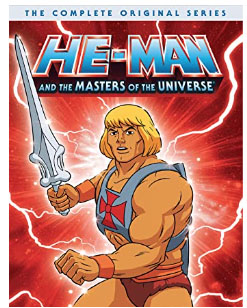 |
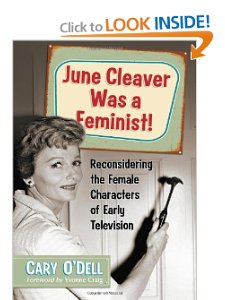 |
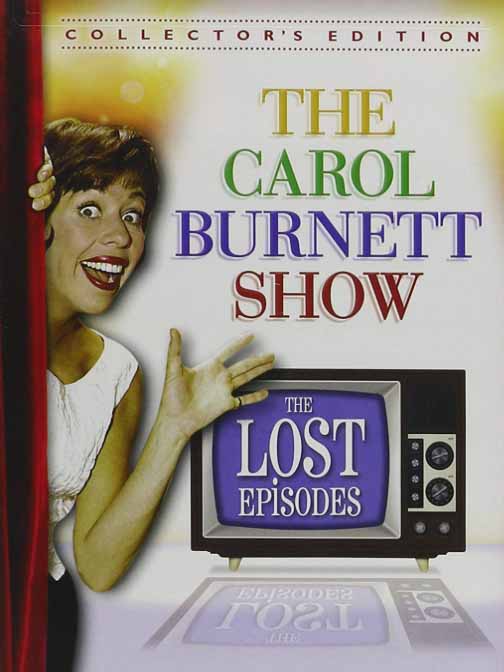 |
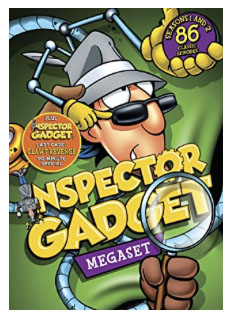 |
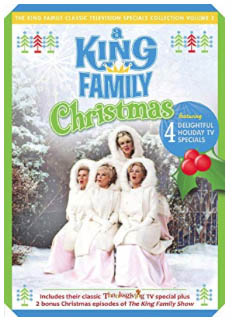 |
 |
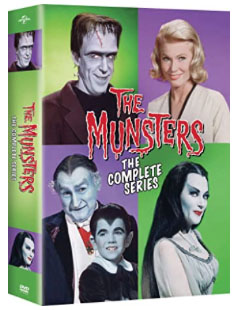 |
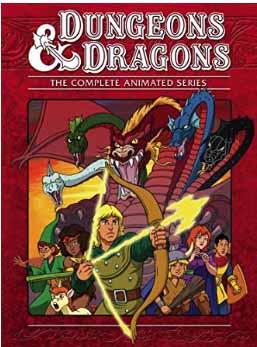 |
| TV Shows on DVD/ / / / / / / Classic TV/ / / / / / / Punk Book/ /
/ /
/ / / / / / /
Holiday
Specials on DVD / /
/ / / / Classic
Commercials |
|||||||
|
||||||||||||||
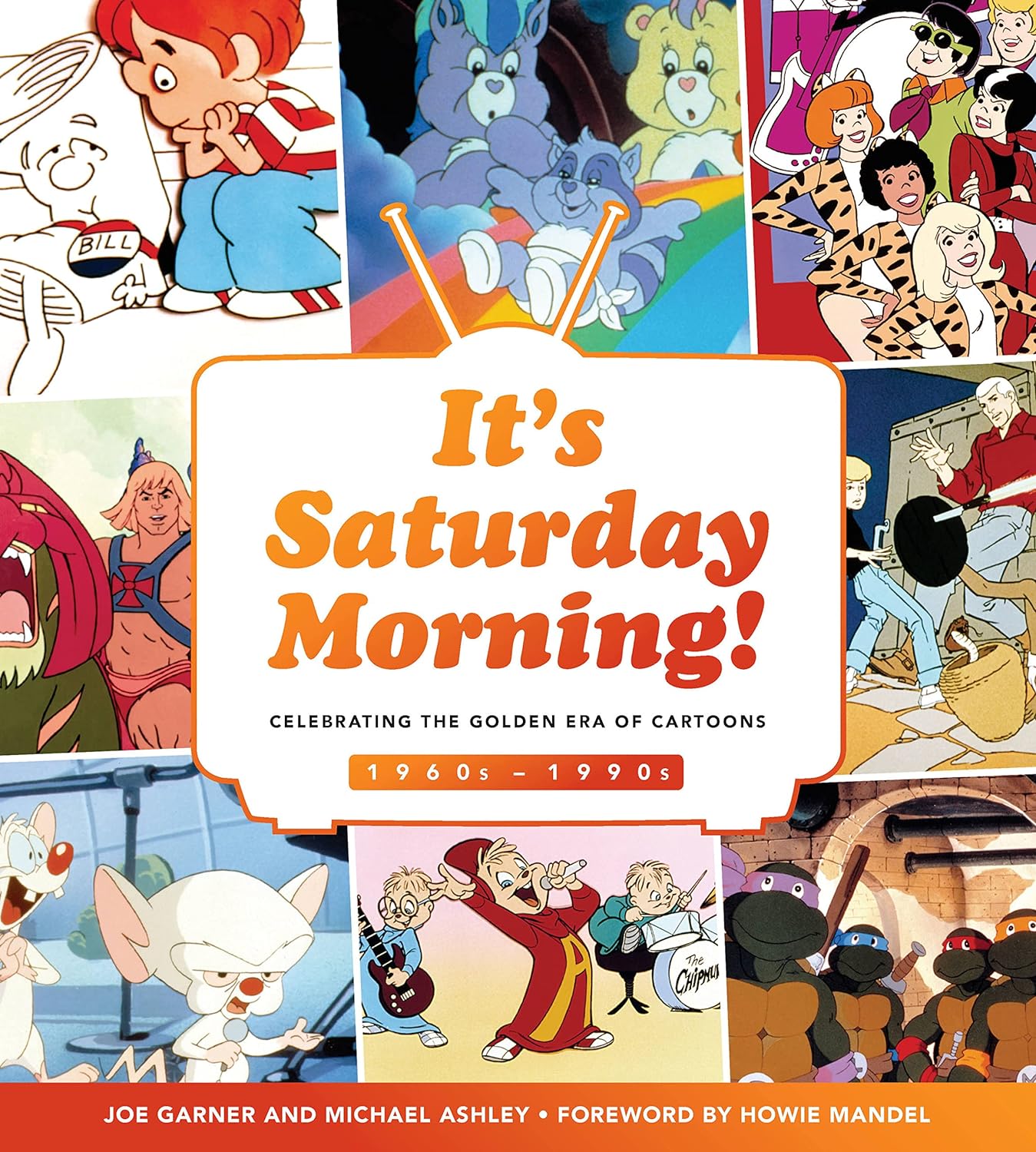 |